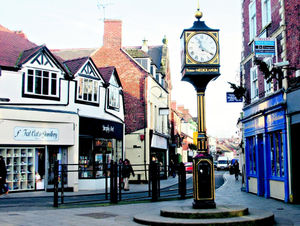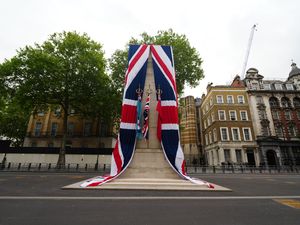Shropshire Star Comment: Don’t save on future of heritage
This cannot be the image that Whitchurch would like to project. The historic town centre is in such worrying shape that Historic England has put it on its "at risk" register.

That should come as a cold shower to those who promote the town and cherish its heritage gems, which in the light of this register must now be considered to be losing their sparkle.
The Heritage at Risk register has identified 98 sites across the county which are in danger. Generally they are particular buildings or structures. In Whitchurch the finger of concern has been pointed however at the conservation area in the town centre.
It is identified as being at risk on the grounds of rundown and empty buildings and unsuitable modifications like uPVC windows.
More stories from the Shropshire Star
Whitchurch folk will have their own views on why this has been happening, or even if there is a genuine problem, but the good news is that elsewhere with some love and some money buildings at risk can be rescued from their plight.
An example is the historic Bedlam Furnaces on the banks of the River Severn at Ironbridge. They are ruined, but a valuable ruin which survives as testament to important developments in Britain's industrial awakening.
Walls have been collapsing and it has been suffering from water damage. But Historic England has given a grant for a canopy to protect the remains from further deterioration. Visitors and motorists passing by will have seen this work taking place.
The upshot is that the Bedlam Furnaces are a beacon of good news, and a shining example of what can be done. They have accordingly been removed from the at risk register, and they are not alone, as there is a similar positive story with the Nags Head engine house at Pontesbury.
Nobody could call Shrewsbury Abbey unloved. Yet the scale of this building presents a challenge. It is one of the county's most important and prominent buildings which finds itself on the list. Work is under way to address its problems.
The really difficult sites are those where there is no prospective use, and spending money on them really does come down to an act of love, as they will give nothing back beyond being monuments and symbols of a disappeared past.
Is it worth saving them? In the 1960s the conservation movement was weak. Some Shropshire town centres suffered heritage damage which is rued to this day and in financial terms has cost a fortune to try to soften.
When it comes to heritage, saving money today makes for a poorer Shropshire tomorrow.




